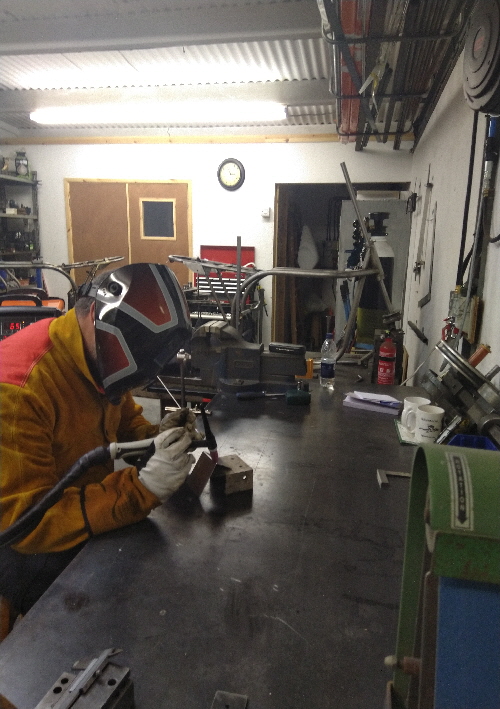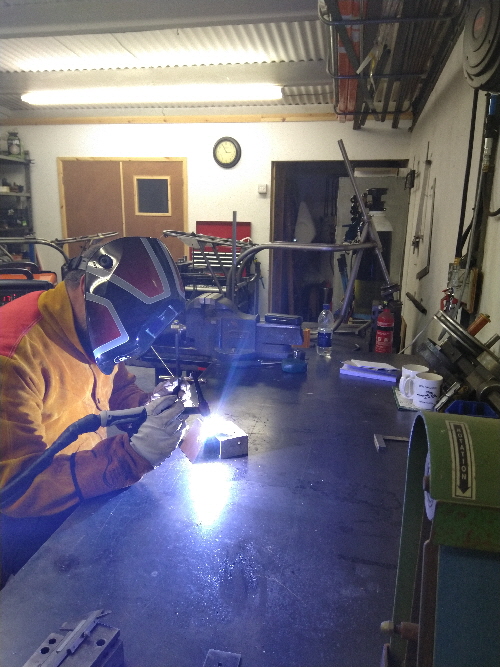|
TIG WELDING PRINCIPLE
In the TIG Welding metals are fused together by heating them by an electric arc established between a non-consumable (does not melt) tungsten electrode and the workpiece. A filler metal may not be used depending on the design of the joint. The molten metal, tungsten electrode and the welding zone are shielded from the atmosphere (the air around it ) by a stream of inert gas through the welding torch. The resulting welds have the same chemical integrity as the original base metal.
The TIG Welding process can be used to weld almost all metals and metal alloys in used today. It is a particularly effective and economic way of welding light gauge metals (under 3mm thickness)and for welding metals difficult to weld with the conventional welding process. Such metal include:
- Aluminum and aluminum alloys.
- copper and copper alloys.
- Nickel and Nickel alloys.
- Magnesium and magnesium alloys.
- Low alloy steal and carbon steel.
- Reactive materials (for example titanium and tantalum)
- Joining carbon and alloy steels
|



